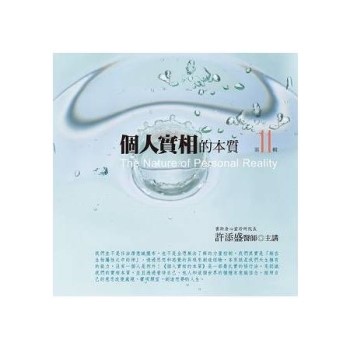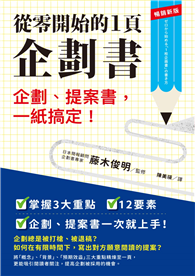The appropriate and rational use of drugs by the elderly is a matter of growing medical and social concern. Persons aged 65 years and older constitute about 12%-15% of the population in the Western world, and the total number of the elderly will increase significantly in the coming years. This population accounts for 30% of all the prescription drugs used. Aging, specifically the transition from middle to old age, is a complex process. From the perspective of clinical pharmacology, these pathophysiological changes may reasonably be expected to alter responsiveness to drugs. The age-related differences in response to drugs can arise from alterations in pharmacokinetics or pharmacodynamics. This makes it mandatory that clinical pharma- cological studies be carried out in the elderly during extended phase I studies. The older the population likely to use the drug, the more important it is to include the very old. It is also important not to exclude ....: ''lecessarily patients with concomitant illnesses; it is only by observing, such patients that drug-disease interactions can be detected. Reports from surveillance systems have greatly increased our awareness of problems associated with drug therapy in old age.
| FindBook |
|
有 1 項符合
breuel的圖書 |
 |
$ 5450 | Clinical Pharmacology in the Elderly: Reference Ranges And Biological Variations After Repeated Measurements
作者:Breuel 出版社:Springer 出版日期:1995-12-01 語言:英文 規格:平裝 / 182頁 / 23.4 x 15.5 x 1 cm / 普通級  看圖書介紹 看圖書介紹
|
|
|
圖書介紹 - 資料來源:博客來 評分:
圖書名稱:Clinical Pharmacology in the Elderly: Reference Ranges And Biological Variations After Repeated Measurements
|









